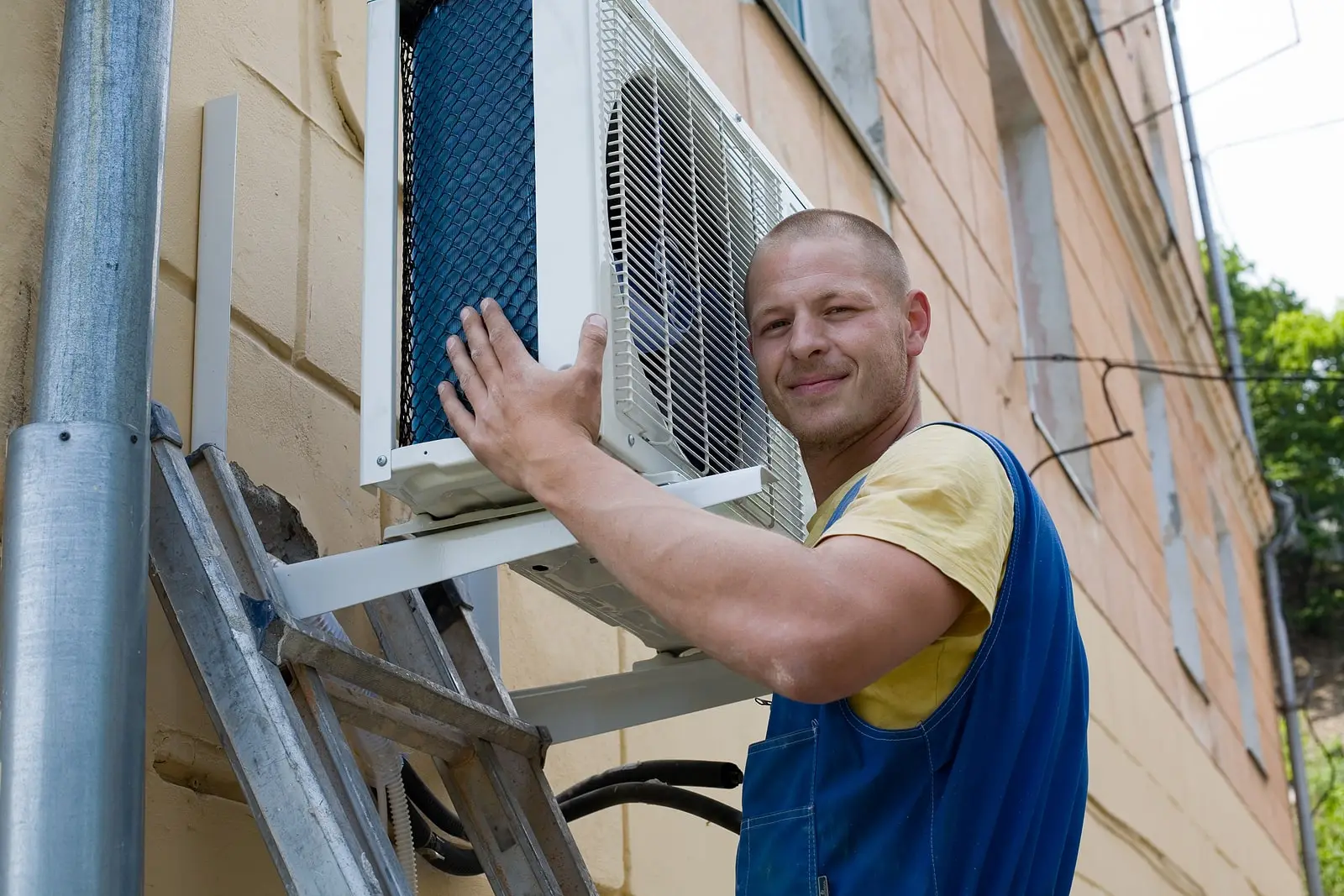
In the realm of HVAC solutions, the dual fuel system stands out as a unique and efficient approach to climate control. This blog post delves into the intricacies of dual fuel systems, unpacking the advantages that come with this innovative technology and exploring why it’s often considered the best of both worlds.
Understanding Dual Fuel Systems
Hybrid Heating: Dual fuel systems, also known as hybrid systems, combine the strengths of two primary heating sources: a heat pump and a gas furnace. The system intelligently switches between the two based on external conditions and indoor comfort requirements.
Efficient Performance in All Seasons
- Heat Pump Efficiency: In milder weather, the heat pump takes the lead, harnessing ambient heat from the air or ground to efficiently warm your home. This process is energy-efficient and suitable for moderate temperatures.
- Gas Furnace Supplementation: As temperatures drop, the dual fuel system seamlessly transitions to the gas furnace, providing powerful and rapid heating to meet the demand during colder periods.
Cost-Effective Operation
- Optimizing Energy Costs: Dual fuel systems are designed to leverage the most cost-effective energy source depending on prevailing conditions. This strategic use of energy sources helps homeowners minimize utility bills while enjoying optimal comfort.
- Avoiding Peak Rate Charges: During peak utility rate periods, the system can be programmed to favor the more economical energy source, contributing to additional cost savings.
Adaptive Defrost Technology
- Preventing Efficiency Loss: Cold weather can lead to frost accumulation on the heat pump’s outdoor coils, reducing efficiency. Dual fuel systems feature adaptive defrost technology, minimizing defrost cycles and ensuring consistent performance.
- Maintaining Comfort: By intelligently managing defrost cycles, dual fuel systems prevent sudden blasts of cold air, maintaining a comfortable indoor environment even during defrost operations.
Environmental Considerations
- Reduced Carbon Footprint: The dual fuel system’s ability to switch between electricity and natural gas provides an environmentally friendly option. Using electricity from renewable sources during milder weather can contribute to a lower carbon footprint.
- Energy-Efficient Heating: The efficiency of the gas furnace in extreme cold conditions ensures effective heating without excessive energy consumption, striking a balance between comfort and environmental responsibility.
Smart Thermostat Integration
- Seamless Control: Smart thermostats play a pivotal role in optimizing dual fuel systems. They can analyze weather forecasts, utility rates, and indoor comfort preferences to make real-time decisions on the most efficient heating source.
- User-Friendly Operation: Homeowners can enjoy user-friendly interfaces, scheduling options, and remote access to control their dual fuel systems, enhancing overall convenience and customization.
Professional Installation and Maintenance
- System Optimization: Professional installation ensures that the dual fuel system is calibrated for maximum efficiency and performance based on the specific needs of your home.
- Regular Maintenance: Routine maintenance by HVAC professionals is essential to keep both the heat pump and gas furnace components in top condition, ensuring longevity and sustained efficiency.
Conclusion
The dual fuel HVAC system stands as a testament to the marriage of efficiency and comfort in climate control technology. With its ability to adapt to changing conditions, minimize energy costs, and reduce environmental impact, the dual fuel system offers homeowners a versatile and intelligent solution for year-round comfort. As we embrace innovations in HVAC technology, the dual fuel system emerges as a frontrunner in providing the best of both worlds – optimal comfort and cost-effective efficiency.